"Analog" has become a term of high praise in recent years. That's long been true for high-end watches, where the best mechanical actions manage 99 percent of the accuracy of a $10 digital Casio for hundreds of times the cost. But it is also the case for performance cars, where analog is shorthand for a natural dynamic feeling. Even if, as is often the way, this is delivered by numerous high-tech active systems working in the background.
But the Dallara Stradale is pure analog. This is not a car that synthesizes anything, just one that delivers high-fidelity feedback at all times. Despite having license plates, this ultra-light Italian sports car looks like a racer and matches that with a power-to-weight closer to competition than street legality: 395 hp propelling a claimed 1900 pounds without fluids in its lightest configuration.
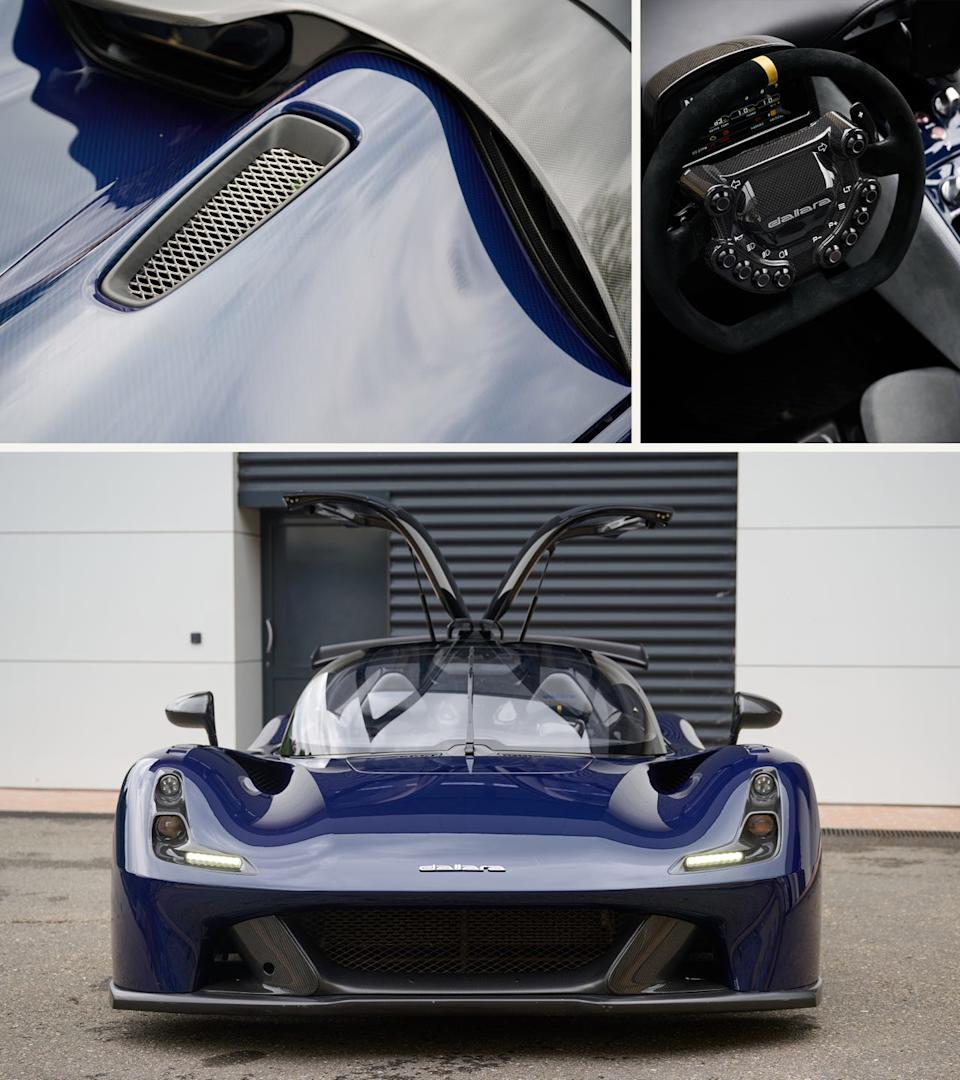
This may sound familiar, because the Stradale isn't new. It was launched back in 2018, and Road & Track drove it for the first time in 2020, when we lavished it in praise. Dallara is the world's leading manufacturer of race-car chassis and components; it also builds the core carbon structure of Bugatti road cars. But although hundreds of Dallara products compete every weekend, the company had never built a car under its own branding until the Stradale. It was commissioned by company founder Giampaolo Dallara to celebrate his 80th birthday, the original plan being to build 600 over a five-year production run.
Signore Dallara is now 88—and still at his office at the company’s Varano de' Melegari HQ every day—but Stradale production has yet to stop. The company says it has now built over 350 cars, admitting that there is no chance of reaching its self-imposed limit before forthcoming European regulations end new sales. Sadly, the Stradale was never type-approved for use in the U.S., although some examples have apparently managed to find their way Stateside. When I visited Dallara's production facility, several new cars were in different stages of assembly, alongside a couple of earlier examples that had been returned for upgrades.
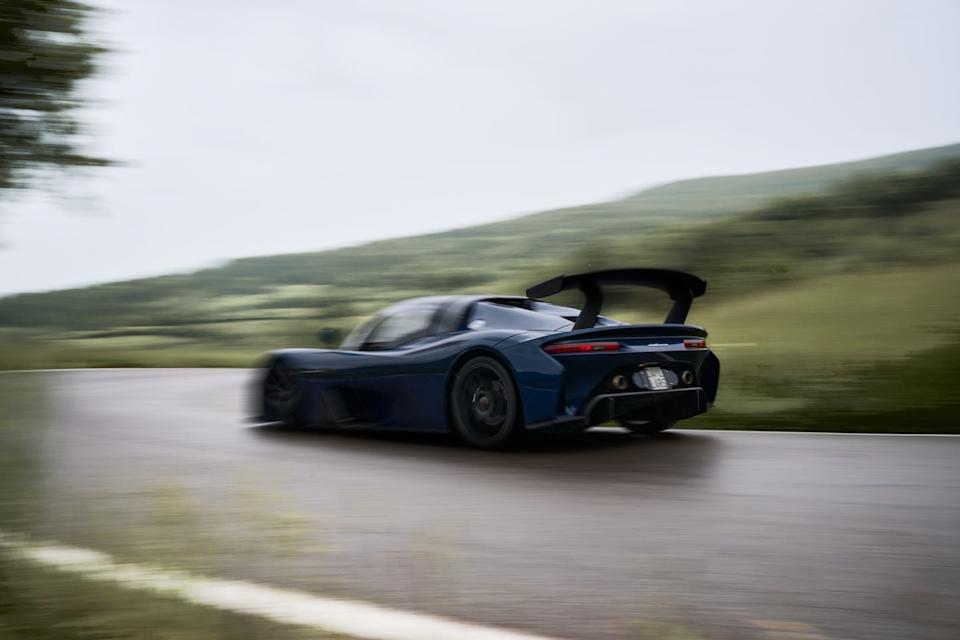
The Stradale has evolved over the years, but not a great deal so. As before, it has a carbon-fiber structure and is powered by a mid-mounted 2.3-liter turbocharged inline-four Ford EcoBoost engine, heavily reworked here to deliver the headline power output. Two transmission choices are available, a six-speed manual or an automated single-clutch, both driving the rear wheels via a limited-slip differential. Mechanically, that's basically it: The Stradale has ABS and a fairly rudimentary traction control system, but no adaptive dampers or active dynamic systems.
Buyers can choose between different body styles. The most minimalist of these—and the one that allows the headline weight figure—is a completely open, windshield-free barchetta. Above that is a spider, which adds a screen, air conditioning, and a soft-top cover. This can be upgraded further to a coupe with a Group C–style bubble roof featuring upward-hinged flaps, these being too small to be considered true doors; the roof bolts on, so it can be removed to turn the car back to a spider, although doing so is a two-person job. With rain throughout my test drive, I was happy that the factory's demonstrator was in coupe configuration.
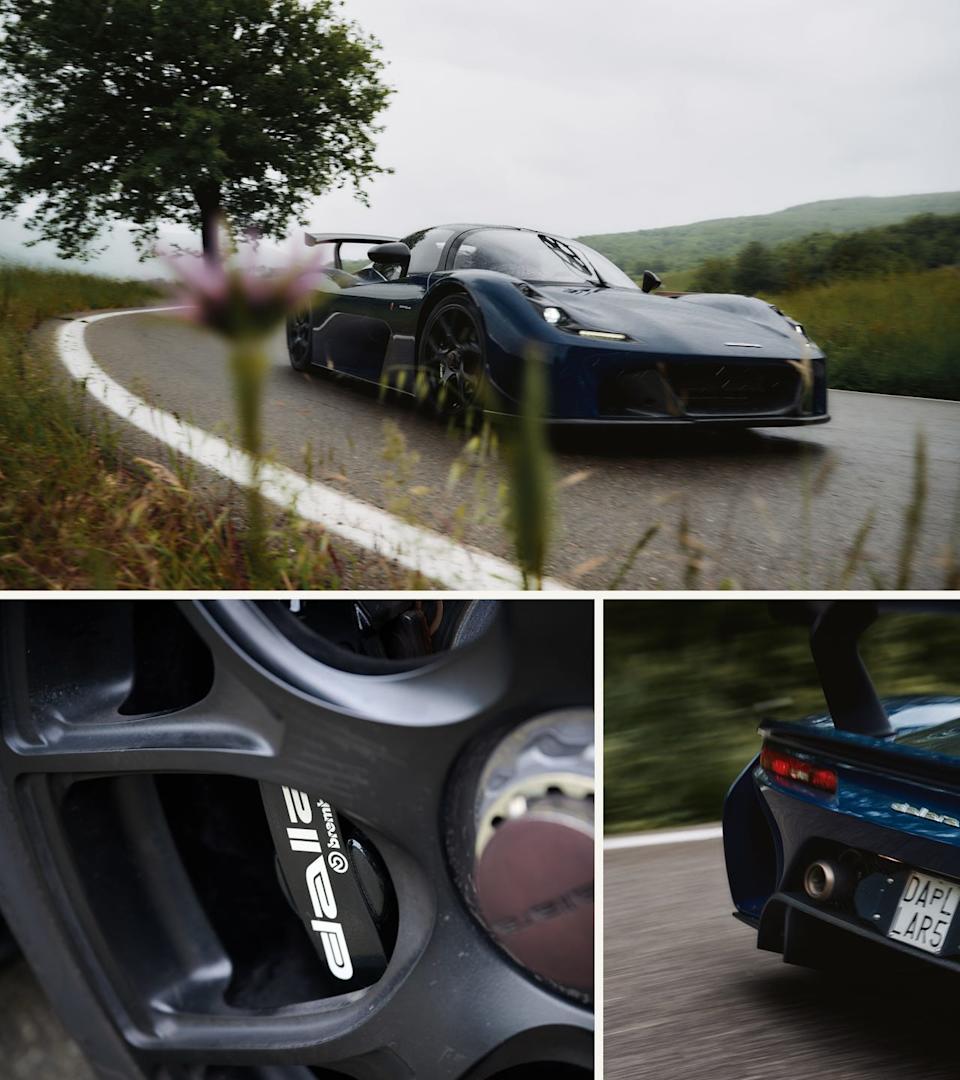
Updates since the Stradale was launched include improved brake cooling; an upgraded fuel system to better cope with high, sustained lateral g-loadings; and the option of center-lock wheels. There are also new louvers set into the fenders above the front wheels, primarily for boosting downforce rather than cooling. Dallara engineers say the peak weight has risen to a maximum of 1885 pounds, 100 pounds more than the original car.
The first challenge for any Stradale pilot is making an elegant entrance. Getting in requires negotiating the small access flaps in the roof while stepping over the tall, door-free sides of the car. Helpfully, Dallara has marked an untrimmed STEP HERE section in the center of the seats, but getting myself installed was still a clumsy process that was closer to falling than sliding. The driving position is low and tightly enclosed, and most controls are buttons on the face of the steering wheel. A small digital instrument pack relays speed, revs, and other basic information. The center console has temperature and fan controls, a traditional mechanical e-brake lever, and, for those who choose it, the lever for the manual transmission. The test car's cabin was beautifully trimmed, but practicality is limited and luggage space restricted to small compartments accessed by folding the seatbacks forward.
Sadly, the car I drove had the automated gearbox, which was slightly slow to react as single-clutch transmissions tend to be. But in almost every other regard it was close to driving perfection.
One of the key tests of any performance car is the rate at which a driver builds confidence in it, especially in challenging conditions. In Italy, I had an unfamiliar, twisting mountain road; rain and standing water; and a car riding on the optional track-biased Trofeo R tires. Yet the Stradale immediately felt both friendly and approachable, mechanical grip huge even at speeds that could only produce a small amount of the headline downforce peak. The Stradale was always keen to change direction, feeling as if it pivots pretty much from the base of the driver's seat, but it never felt edgy or nervous despite the potency of its power-to-weight ratio. Ride quality felt exceptionally good over broken surfaces for something that rides so low, and despite pushing hard over frequently bumpy roads, I didn't ground it out once.
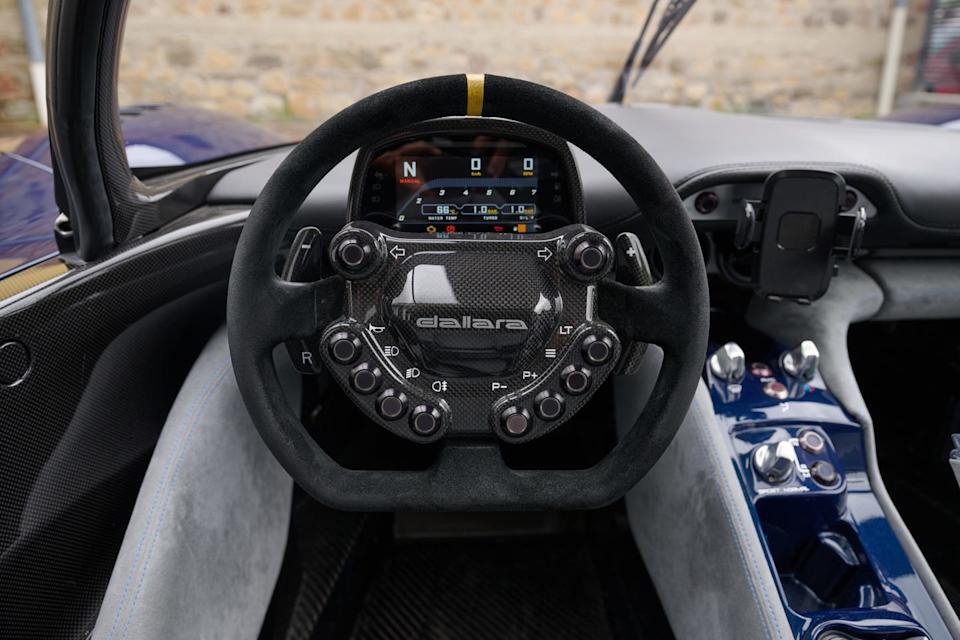
The unassisted steering felt a little alien at first, just because it is so rare to experience any modern car without power assistance. At low speeds it is heavy, and I soon relearned the lesson of letting the car start to move before putting in maneuvering inputs. Even at higher velocities the helm stayed weighty and with a strong self-centering effect. But it is also rich in feedback, the steering wheel lightening and tightening to report on road conditions and slip angles.
The lack of slack or slop in steering and the speed of responses is integral to the faith the Stradale generates. It was easily placed on a tight-fitting road, and in the combination of pliancy and body control there was plentiful chassis magic evident even when using only a small part of the car's ultimate abilities. Dynamic development work was led by Loris Bicocchi, the engineer who has been described as Mr. Hypercar with his star-studded resume that also includes the Pagani Zonda, Koenigsegg CCR, and Bugatti Veyron.
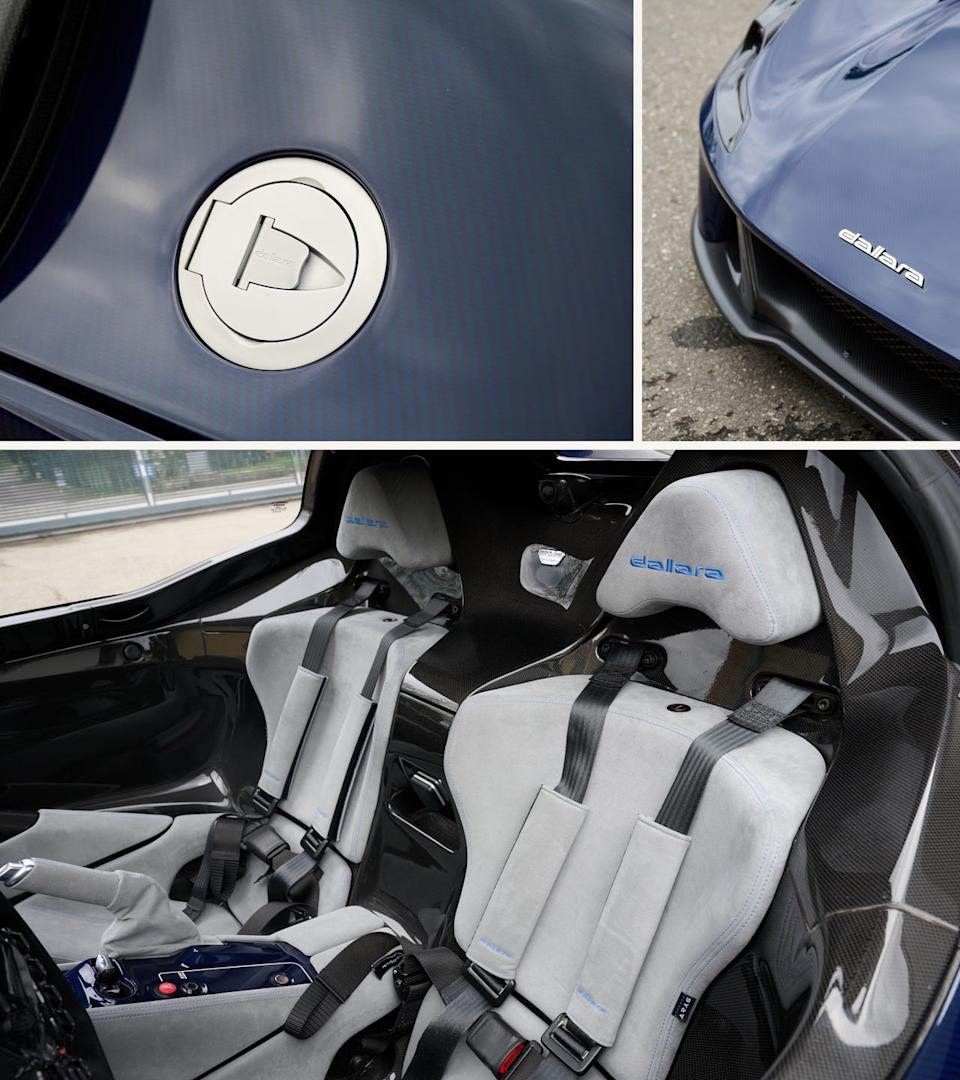
Okay, as before the Stradale's engine feels less of an experiential highlight. Dallara execs say the choice of a turbocharged four was vital to deliver on the power and weight targets, but the EcoBoost’s character is a little at odds with the finesse of the handling. Throttle response is a little blunted by turbo lag low down, and although there is plenty of urge—and a bellowing soundtrack when the engine is extended—there is little joy to be found in revs. Peak power arrives at just 6200 rpm, and the limiter calls time only 300 rpm later. It feels like a powerplant better suited for a rally car than a circuit racer, the mightiness of the midrange torque helping deal with short straights and frequent corners.
One area that has improved since I first drove the Stradale is brake-pedal feel, which is now firmer and easier to modulate at higher loads. Road use didn't give any chance to test resistance to fade, but Dallara says many owners regularly track their cars on the cast-iron brakes without complaint. Lightness is always a virtue in sports cars.
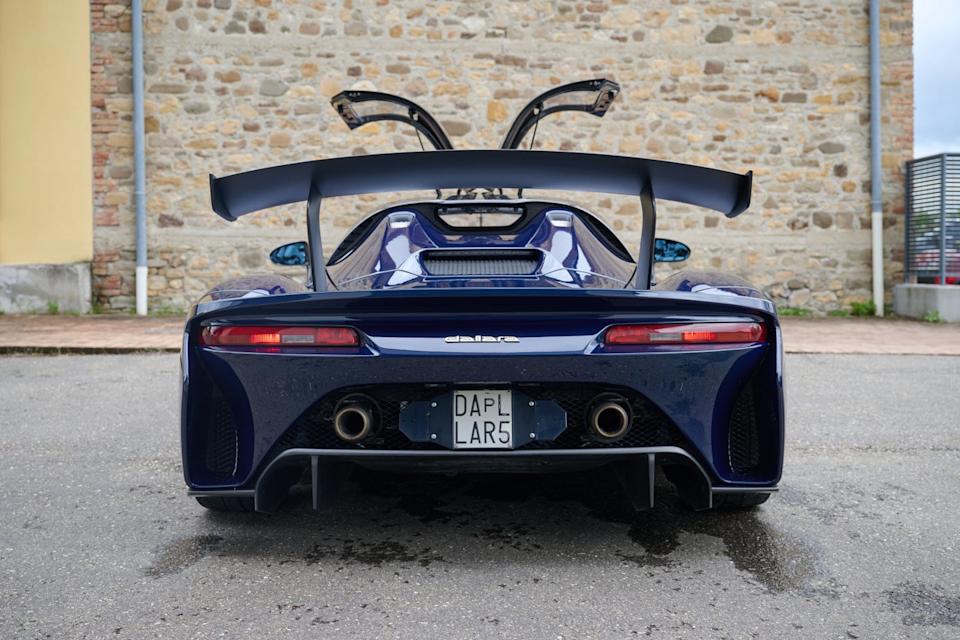
Beyond the fact that it will be a little rarer than intended, the Stradale's exclusivity was always going to be assured by a price tag that puts it in contention with some very impressive rivals. When it came out the base price was $183,000 with then-current exchange rates—just shy of the price of a Porsche 911 Turbo S in the U.S. at that time. Over the years the sticker has crept up, and exchange rates have also moved. A bare-bones barchetta is now $223,000 before taxes in Europe, and a fully loaded coupe in a snazzy color and with adjustable suspension and center-lock wheels can take that to nearly $300,000. That's big money for a car with a Ford four-banger and no doors, but perhaps not outrageous for a hand-built special carrying one of the most famous names in motorsport.
It is no coincidence that there is something Lotus-like about the Stradale. That's Lotus-like as in the cars that made the British outfit famous, not the two-ton electric SUVs it has diversified into. Giampaolo Dallara started his career working for both Enzo Ferrari and Ferruccio Lamborghini, developing the Miura at the age of just 27. But he admits that his inspiration as a young engineer came from Lotus founder Colin Chapman. Both Dallara the man and Dallara the company have built success by doing more with less, the same philosophy that always drove his hero.
The Stradale is a perfect example of that, also an exemplar of the thrills a well-sorted sports car can deliver with a minimum of technical assistance. The rising tide of regulation will soon make it impossibly hard to produce street-legal cars this pure and uncompromising. Sure, we'll still have synthesized analog, but the Dallara is a reminder that analog analog is always better.
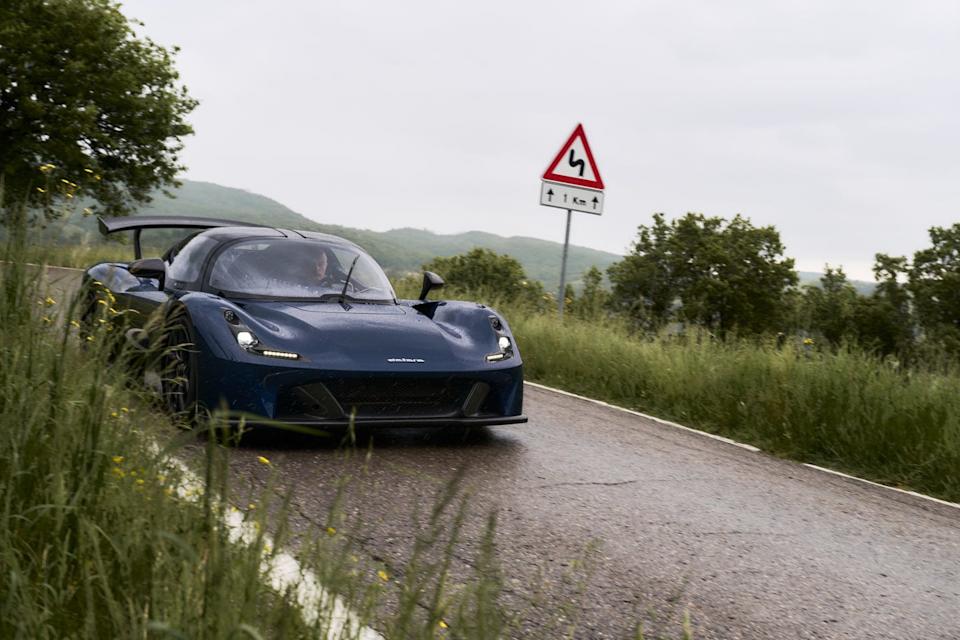
You Might Also Like
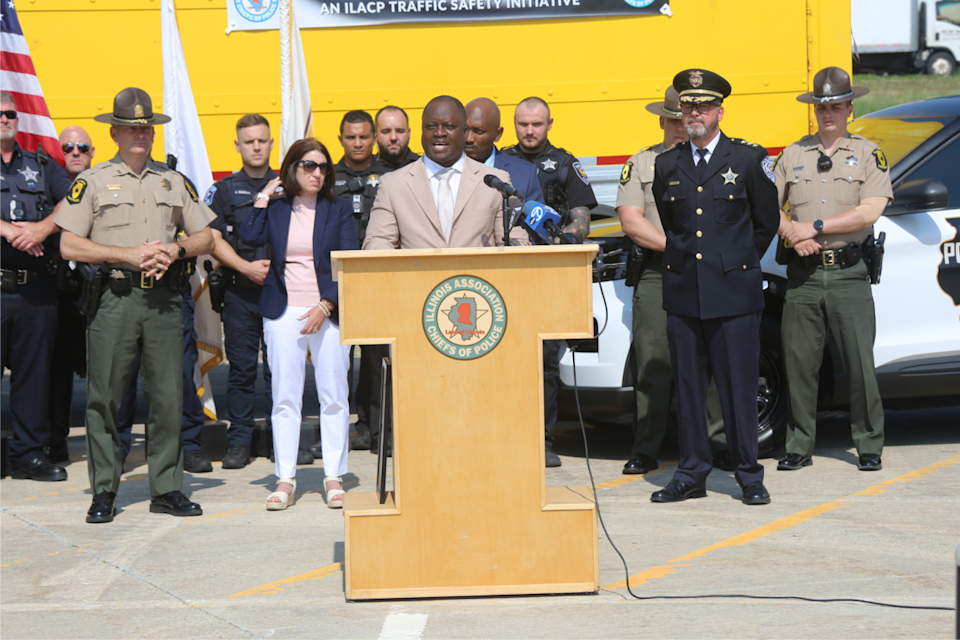
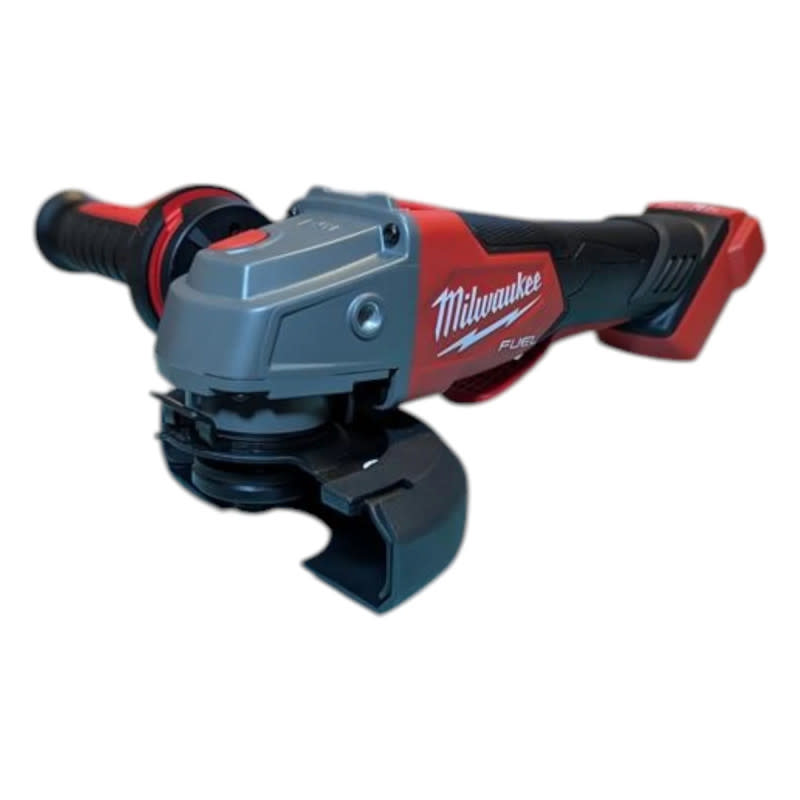

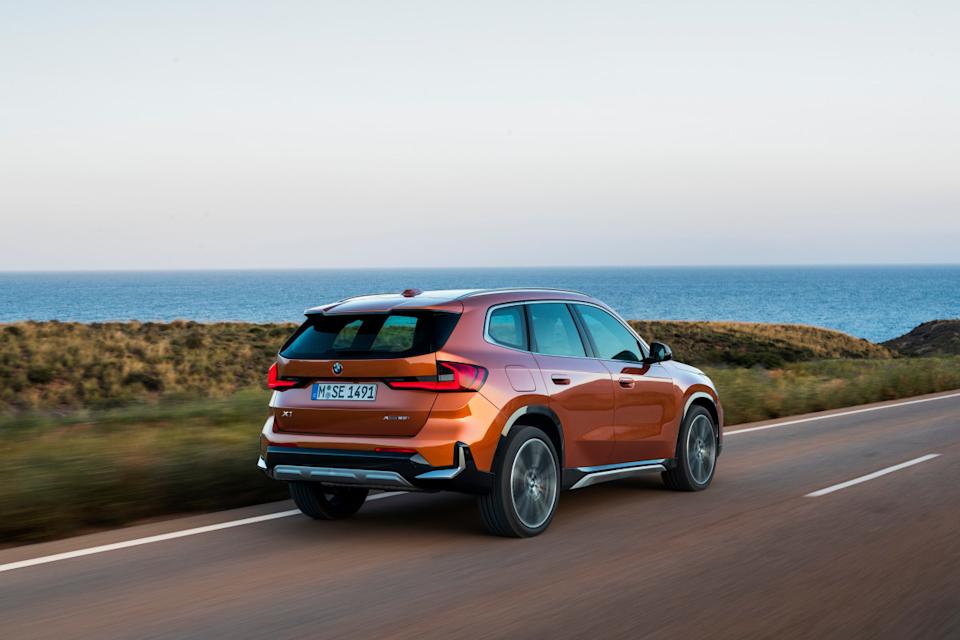
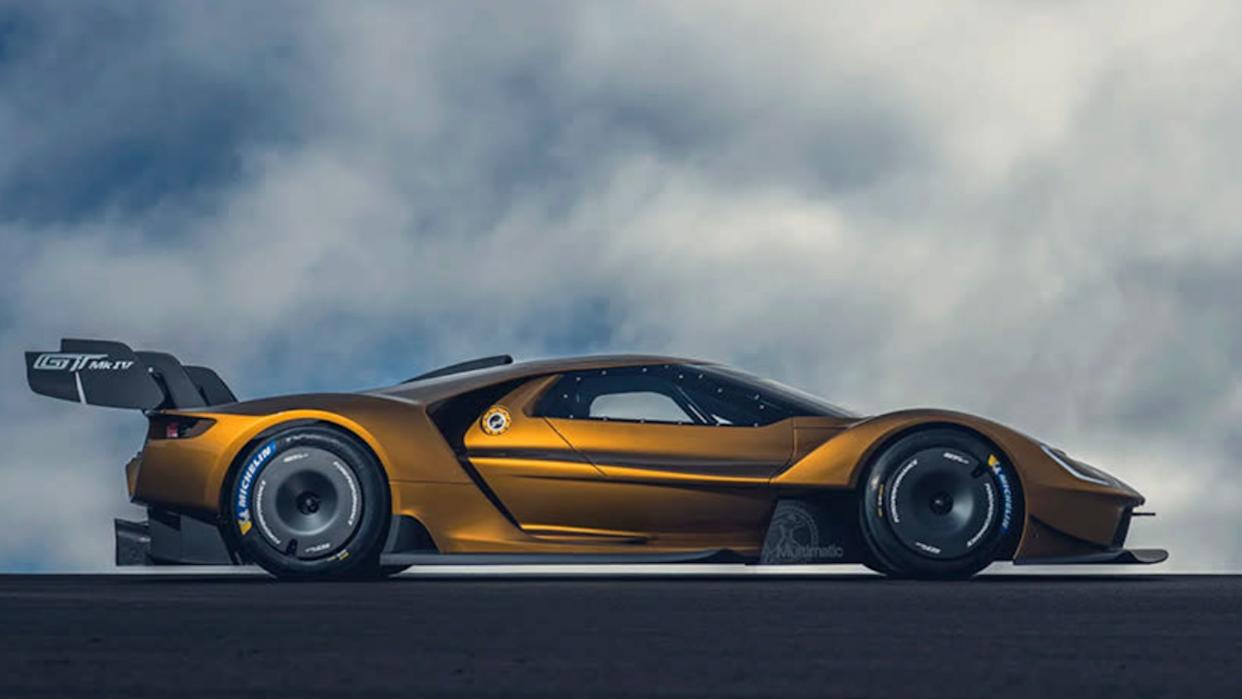
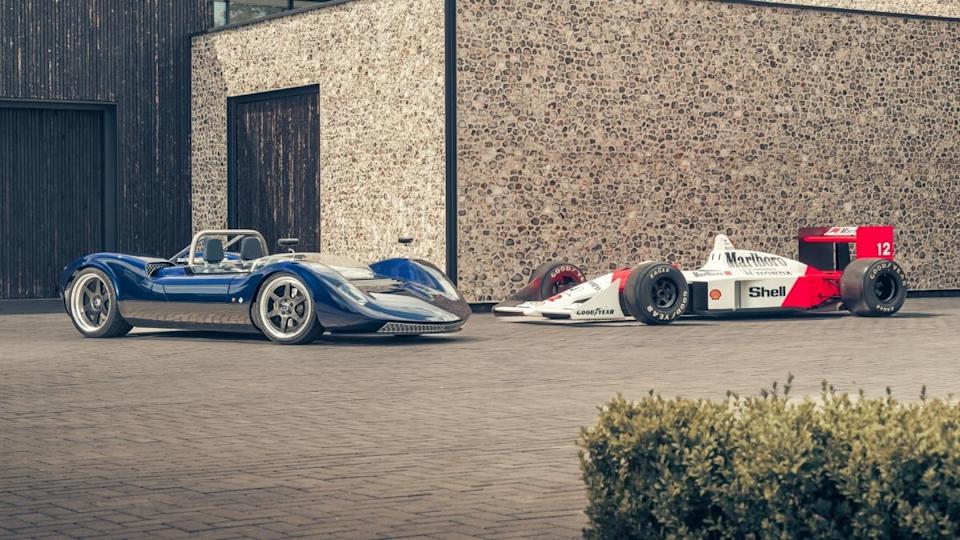
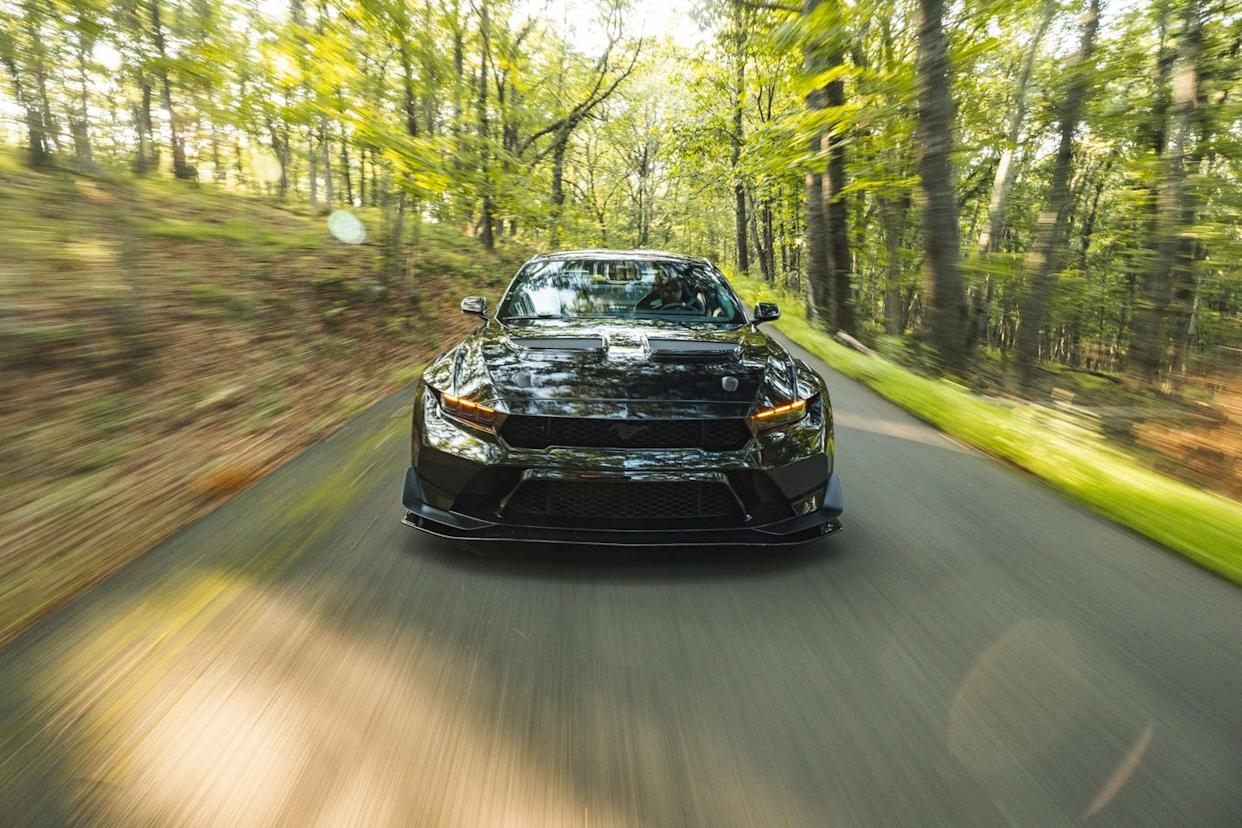
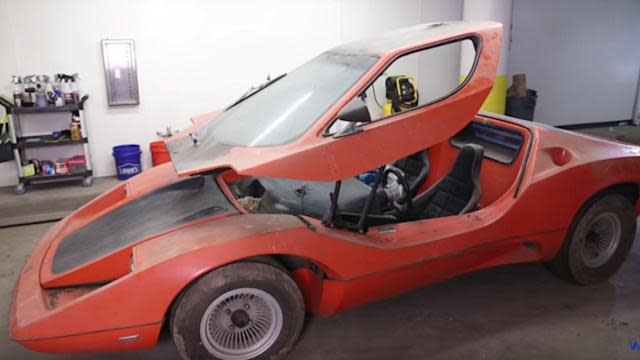
Comments